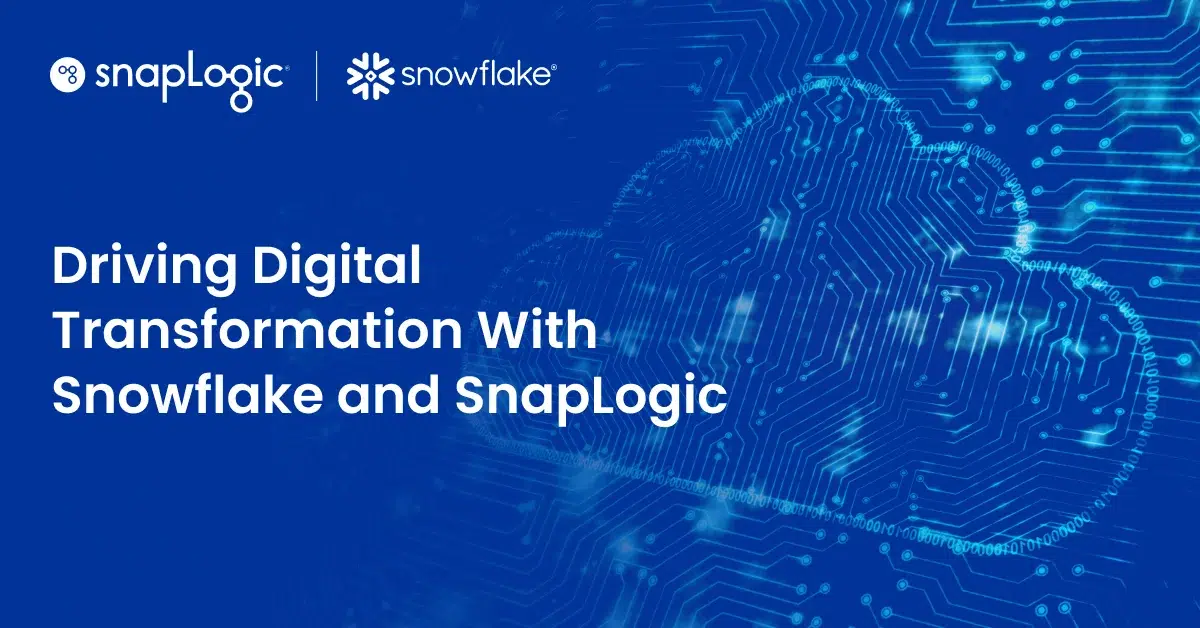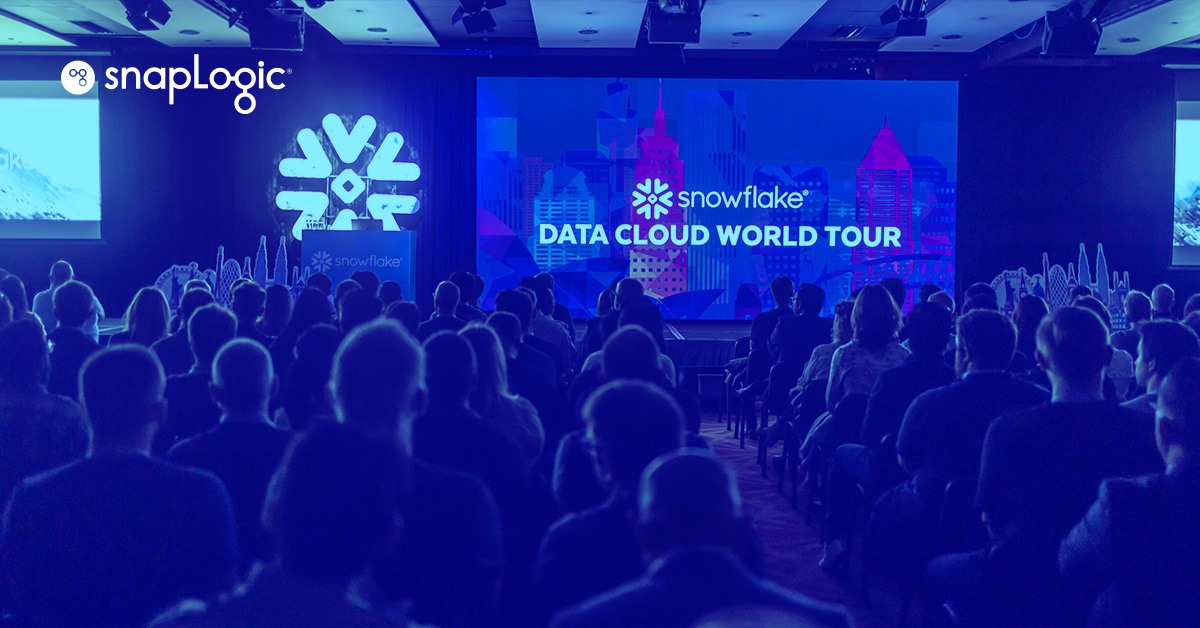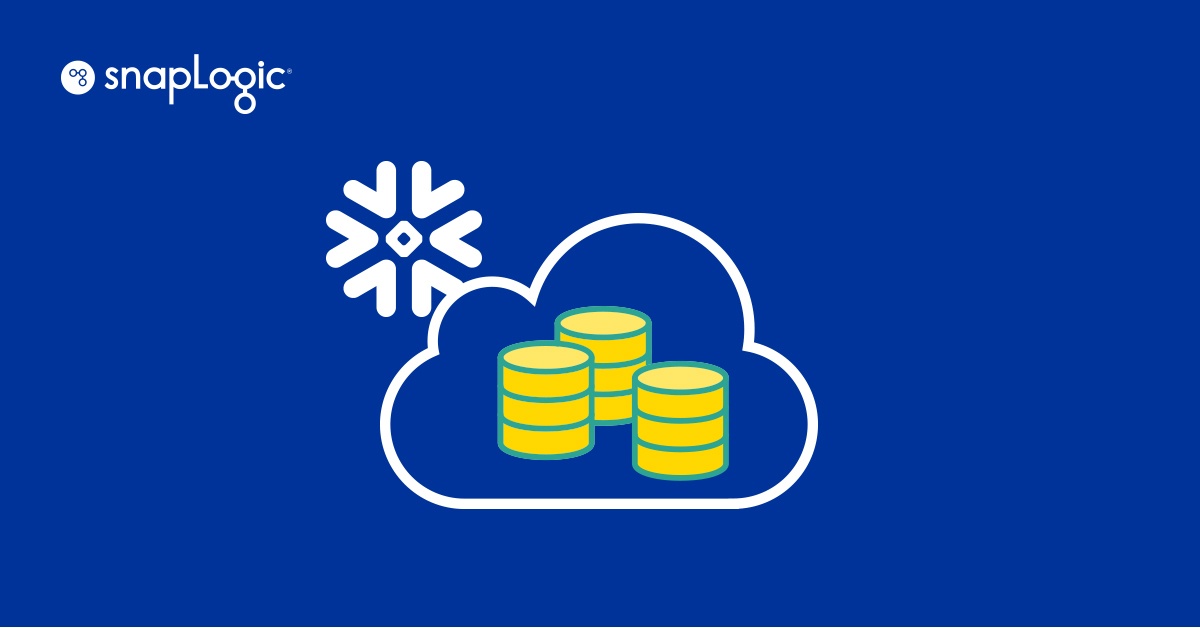The current landscape of enterprise data
Despite significant strides in digital transformation, a large volume of enterprise data is still stored on on-premise systems. According to Gartner, by 2025, more than half of IT spending in crucial segments like application software and infrastructure will be on cloud technologies, up from 41% in 2022. This persistent reliance on traditional infrastructures is often due to concerns about security, compliance, and the perceived risks of migration. However, maintaining legacy systems can hinder agility and scalability, crucial factors in today’s fast-paced market environment. Thus, there’s a critical need for businesses to modernize their IT infrastructure to stay competitive and agile (Gartner). This is a $1.52T problem with the Wall Street Journal calling it clunky old software.
The business case for migrating to the cloud
The shift to cloud computing offers multiple business benefits that are indispensable in the modern digital economy. Scalability offered by cloud environments allows businesses to efficiently handle growth without the excessive costs associated with physical infrastructure expansion. Additionally, cloud solutions provide enhanced operational efficiency, reducing the time and resources spent on IT maintenance, allowing businesses to focus on strategic initiatives. The cloud also offers advanced security protocols and compliance measures, which are increasingly vital in protecting against sophisticated cyber threats. Migrating to the cloud not only streamlines operations but also fortifies a company’s data security posture (Gartner).
AI readiness and the limitations of on-premise data
On-premise systems pose significant challenges to leveraging AI, primarily due to their inflexibility and limited scalability. The intensive computational power and large datasets required for AI are more effectively managed in the cloud, where resources can be scaled dynamically as needed. The pace of AI development demands an infrastructure that supports rapid iteration and deployment, which is often constrained by the limitations of on-premise environments. This results in slower innovation cycles and potentially missed opportunities in AI-driven market insights and enhancements. For enterprises aiming to fully exploit AI capabilities, migrating to a cloud environment is essential.
SnapLogic’s strategic advantage in cloud migration
SnapLogic significantly enhances the cloud migration process with its robust integration tools that support seamless data transitions from legacy to cloud systems. Its platform is designed to manage complex data transfers, ensuring that critical business operations continue uninterrupted during the migration phase. This is particularly valuable for organizations that depend heavily on legacy systems like SAP, Oracle E-Business Suite, and the mainframe which are integral to their day-to-day operations. SnapLogic not only facilitates these integrations but also ensures that the data remains secure and compliant throughout the process. By leveraging SnapLogic’s capabilities, enterprises can accelerate their migration timelines and reduce the risks associated with data transfers.
Consolidation of data tools with SnapLogic
SnapLogic offers a unified platform that consolidates multiple data functions, simplifying the overall data architecture of an organization. This platform supports data ingestion from both on-premise and cloud sources, executes necessary data transformations or pushes it down to the data warehouse to transform, orchestrates data workflows, and activates data within enterprise data warehouses. By reducing the number of tools required for data management, SnapLogic minimizes compatibility issues and streamlines operations, leading to more efficient and error-free data processes. Furthermore, this consolidation allows IT teams to focus on strategic tasks rather than managing complex data pipelines. The integration and automation capabilities of SnapLogic provides a significant boost to operational efficiency and data governance .
Snowflake for data management
Selecting Snowflake as a data management platform aligns with the above strategic business objectives due to its comprehensive and flexible data solution capabilities. Snowflake’s architecture is specifically designed to handle large-scale data workloads efficiently across multiple cloud environments. It also offers robust security features and compliance protocols, ensuring that data is protected and managed to the highest standards. Snowflake’s platform facilitates real-time data insights, which are crucial for driving business decisions and strategies. With Snowflake, businesses can not only manage their data more effectively but also leverage it to gain a competitive edge in the marketplace and be AI ready.
Budgetary advantages of a fixed fee model
Adopting SnapLogic’s fixed fee pricing model provides clear budgetary advantages for enterprises. This pricing structure ensures predictable costs for data management, allowing better financial planning and resource allocation. It eliminates the variability often associated with pay-as-you-go models, which can lead to unexpected expenses as data volumes and processing needs grow. A fixed fee model also simplifies the procurement process, making it easier for businesses to manage their IT expenditures. Ultimately, this approach supports more strategic financial management and reduces the overall risk associated with scaling IT operations.
What’s next?
As enterprises navigate the complexities of digital transformation, the migration from on-premise to cloud-based data systems is not just beneficial—it’s imperative. Tools like SnapLogic simplify and consolidate data management, while platforms like Snowflake provide scalable and secure data handling capabilities, allowing businesses to manage their data effectively and drive success. SnapLogic is proud to announce our sponsorship of the upcoming Snowflake Summit on June 3rd, where we will be available to discuss these transformative technologies in detail and answer any questions. This strategic move to the cloud, facilitated by comprehensive solutions like SnapLogic, not only enhances operational efficiencies but also positions enterprises at the forefront of technological innovation.
We look forward to engaging with attendees and sharing how our tools can facilitate their cloud migration journeys and optimize their data management strategies. If you’re in town early, join us as the San Francisco Giants take on the New York Yankees. I’m looking forward to meeting you in person at the Snowflake Summit. See you soon!










